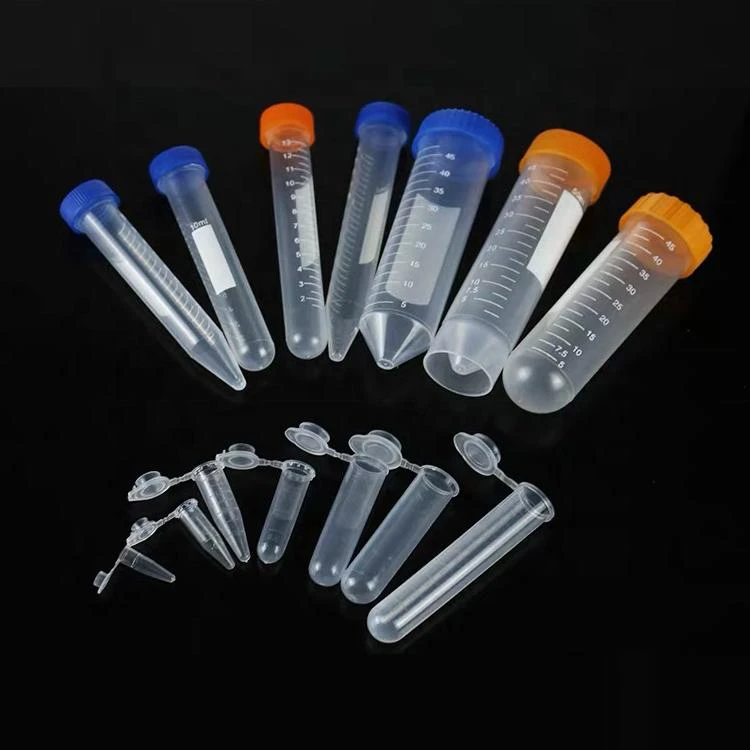
-
 Afrikaans
Afrikaans -
 Albanian
Albanian -
 Amharic
Amharic -
 Arabic
Arabic -
 Armenian
Armenian -
 Azerbaijani
Azerbaijani -
 Basque
Basque -
 Belarusian
Belarusian -
 Bengali
Bengali -
 Bosnian
Bosnian -
 Bulgarian
Bulgarian -
 Catalan
Catalan -
 Cebuano
Cebuano -
 Corsican
Corsican -
 Croatian
Croatian -
 Czech
Czech -
 Danish
Danish -
 Dutch
Dutch -
 English
English -
 Esperanto
Esperanto -
 Estonian
Estonian -
 Finnish
Finnish -
 French
French -
 Frisian
Frisian -
 Galician
Galician -
 Georgian
Georgian -
 German
German -
 Greek
Greek -
 Gujarati
Gujarati -
 Haitian Creole
Haitian Creole -
 hausa
hausa -
 hawaiian
hawaiian -
 Hebrew
Hebrew -
 Hindi
Hindi -
 Miao
Miao -
 Hungarian
Hungarian -
 Icelandic
Icelandic -
 igbo
igbo -
 Indonesian
Indonesian -
 irish
irish -
 Italian
Italian -
 Japanese
Japanese -
 Javanese
Javanese -
 Kannada
Kannada -
 kazakh
kazakh -
 Khmer
Khmer -
 Rwandese
Rwandese -
 Korean
Korean -
 Kurdish
Kurdish -
 Kyrgyz
Kyrgyz -
 Lao
Lao -
 Latin
Latin -
 Latvian
Latvian -
 Lithuanian
Lithuanian -
 Luxembourgish
Luxembourgish -
 Macedonian
Macedonian -
 Malgashi
Malgashi -
 Malay
Malay -
 Malayalam
Malayalam -
 Maltese
Maltese -
 Maori
Maori -
 Marathi
Marathi -
 Mongolian
Mongolian -
 Myanmar
Myanmar -
 Nepali
Nepali -
 Norwegian
Norwegian -
 Norwegian
Norwegian -
 Occitan
Occitan -
 Pashto
Pashto -
 Persian
Persian -
 Polish
Polish -
 Portuguese
Portuguese -
 Punjabi
Punjabi -
 Romanian
Romanian -
 Russian
Russian -
 Samoan
Samoan -
 Scottish Gaelic
Scottish Gaelic -
 Serbian
Serbian -
 Sesotho
Sesotho -
 Shona
Shona -
 Sindhi
Sindhi -
 Sinhala
Sinhala -
 Slovak
Slovak -
 Slovenian
Slovenian -
 Somali
Somali -
 Spanish
Spanish -
 Sundanese
Sundanese -
 Swahili
Swahili -
 Swedish
Swedish -
 Tagalog
Tagalog -
 Tajik
Tajik -
 Tamil
Tamil -
 Tatar
Tatar -
 Telugu
Telugu -
 Thai
Thai -
 Turkish
Turkish -
 Turkmen
Turkmen -
 Ukrainian
Ukrainian -
 Urdu
Urdu -
 Uighur
Uighur -
 Uzbek
Uzbek -
 Vietnamese
Vietnamese -
 Welsh
Welsh -
 Bantu
Bantu -
 Yiddish
Yiddish -
 Yoruba
Yoruba -
 Zulu
Zulu
reagent bottle laboratory apparatus uses
The Versatility of Reagent Bottles in Laboratory Settings
Reagent bottles are essential components in any laboratory, playing a crucial role in the organization, storage, and use of various chemical substances. These containers come in various shapes and sizes, tailored for specific functions, and are constructed from materials that ensure the integrity of the chemicals they hold. This article explores the various uses of reagent bottles, highlighting their significance in laboratory practices.
Reagent bottles are primarily used to store chemicals safely. Laboratories require a vast array of reagents, ranging from acids and bases to solvents and biological samples. The design of reagent bottles typically includes features that protect the chemicals from environmental factors such as light and humidity, which can degrade certain substances. For instance, amber glass reagent bottles are commonly used for light-sensitive chemicals because they provide a barrier against ultraviolet radiation. This not only prolongs the shelf life of the reagents but also ensures the accuracy of experiments.
The Versatility of Reagent Bottles in Laboratory Settings
Different laboratories have varying requirements when it comes to reagent storage. Some facilities use large storage containers, while smaller bottles are more practical for daily usage. Reagent bottles come in various capacities, from a few milliliters to several liters, catering to these different needs. Moreover, having a range of sizes helps laboratory personnel organize their workspace efficiently and access the necessary chemicals quickly, which is paramount in high-paced research environments.
reagent bottle laboratory apparatus uses

Labeling is another critical aspect of using reagent bottles in laboratories. Properly labeled reagent bottles are essential for maintaining safety and preventing accidents. Clear, concise labels should include information such as the chemical name, concentration, date of preparation, and any relevant hazard warnings. This ensures that all laboratory personnel can easily identify the contents of the bottles and understand the associated risks, aiding in the safe handling of potentially hazardous materials.
Another notable use of reagent bottles is in the process of liquid dispensing and mixing. When preparing solutions, accurate measurement is necessary to achieve the desired chemical reactions. Reagent bottles are designed to facilitate easy mixing, often featuring wide openings that allow for the addition of solids or other liquids directly into the container. Some bottles also include graduated markings along the side, enabling users to measure volumes accurately without the need for additional equipment.
Moreover, reagent bottles are beneficial in maintaining the sterility of samples, particularly in microbiological or biotechnological applications. Bottles made from materials resistant to bacterial growth can help prevent contamination, thus ensuring the integrity of sensitive biological samples. This is particularly important in experimental setups involving cell cultures or genetic material, where even the slightest contamination can result in unreliable results.
In conclusion, reagent bottles are indispensable tools in laboratory settings, serving multiple purposes ranging from safe storage to precise measurement and mixing of chemicals. Their various designs and materials cater to the diverse needs of researchers and lab technicians, ultimately supporting scientific discoveries and advancements. As laboratories continue to evolve and expand, the role of reagent bottles will remain central to facilitating safe and efficient laboratory practices.
-
Premium 200ml Medicine Bottles – Leakproof Dropper & Spray Options at Best PriceNewsJul.05,2025
-
PTFE Centrifuge Tubes - Chemical Resistant, Leak-proof, Ideal for Laboratory UseNewsJul.05,2025
-
Premium Metal Dropper Bottle for Precise Dispensing 250ml & 1ml Options AvailableNewsJul.04,2025
-
20 ml Headspace Vials - High Quality Polyethylene & Plastic Vials for Lab UseNewsJul.04,2025
-
Small Bottle with Pipette - Precise Dispensing 100ml Pipette Bottles for Essential Oils & Lab UseNewsJun.24,2025
-
Acetic Anhydride Bottle for Accurate Dropper Measurement in Pharmacy Use High-Quality Dropper BottlesNewsJun.10,2025






















